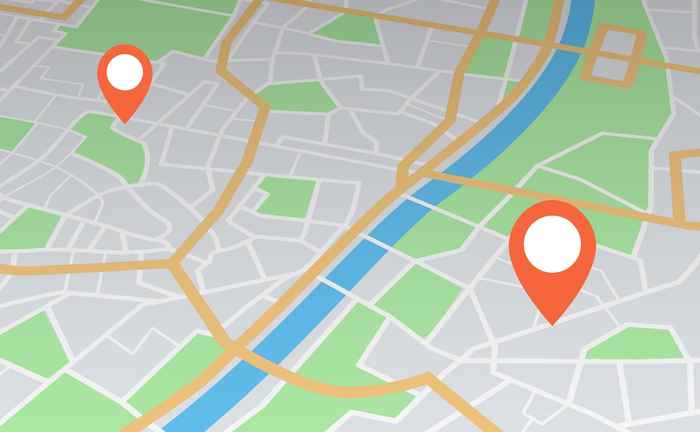Healthcare Facility Location Optimization in Timor-Leste

One of their projects is to optimize healthcare accessibility in low- and middle-income countries. This initiative involves optimizing the placement of critical healthcare facilities, such as hospitals, stroke centers, COVID testing sites, and cholera treatment centers, to enhance geospatial access to services.
ABW approached us with a complex set of challenges centered around optimizing the location of diverse healthcare facilities to enhance accessibility in underserved areas. Each facility type, from hospitals to specialized treatment centers, serves different needs, requiring careful consideration in their placement to address specific healthcare demands effectively. Beyond simply locating facilities, ABW emphasized the importance of layered accessibility—ensuring that not only those within proximity but also those within broader, intermediate distances could access services. Recognizing that facilities are often constructed over extended periods, ABW highlighted the need for dynamic planning that adapts over time to maintain efficiency as new facilities are added. Finally, given that multiple optimal solutions often exist, they stressed the necessity of multi-objective optimization, allowing for solutions that balance primary goals, like minimizing distance, with secondary objectives, such as average travel distance, to ensure sustainable and equitable access for all. The students worked on implementing these extensions to ABW’s healthcare facility solution. They used optimization methods and implemented them in Python to provide solutions to these problems.
The outcome of the project had real practical value and was a real win-win for both students as well as usprof. dr. ir. Dick den Hertog, Director Analytics for a Better World